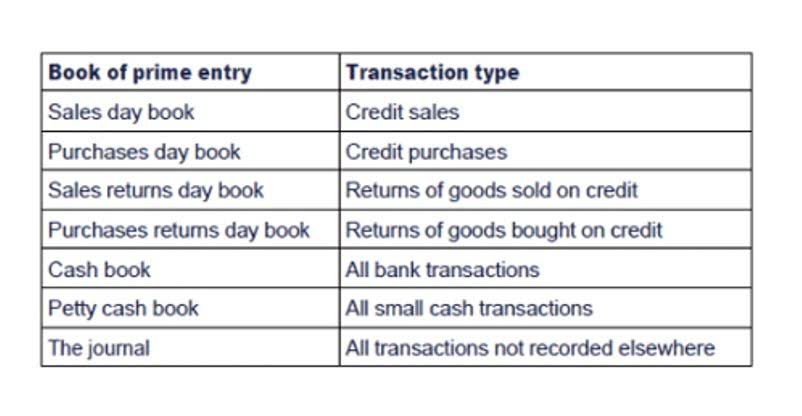
These costs don’t frequently change, and they are allocated across the entire product inventory. In this case, for every product you manufacture, you allocate $25 in manufacturing overhead costs. The next step is to calculate the costs of utilities (electricity, water, or gas) that are directly used in the manufacturing process (for example, fuel used to operate the production equipment). Accurate cost calculation helps companies identify the processes or materials that are driving up manufacturing costs and determine the right pricing of products — the keys to remaining profitable.
- For a further discussion of nonmanufacturing costs, see Nonmanufacturing Overhead Costs.
- Effectively managing your overhead allows you to keep costs low, set competitive prices, and maximize the most of your revenues.
- The key takeaway of this case study is that understanding the fluctuations in manufacturing costs can empower companies to make informed and timely choices between outsourcing and in-house production.
- Based on this information, the company’s management can add a markup to determine competitive selling prices for their products.
- Salespeople on the road are getting the same real-time data that managers and workers are the floors are using to run production.
- Semi-variable overhead is a combination of fixed and variable overhead where some costs are incurred regardless of business activity but may also increase if business activity grows.
Combining her knowledge of multiple disciplines, she seeks to help others optimize their work-life balance, which she believes is the key to minimizing stress. Understanding and managing your overhead well, particularly how it relates to your business output, will help ensure your business is profitable and to obtain the best margins you can on your sales. This formula is called the batch formula because manufacturing overhead costs include you calculate it at the end of each batch or production run. Overheads are an element of cost but they are a supplementary cost and cannot be directly added to a particular job. Adam Hayes, Ph.D., CFA, is a financial writer with 15+ years Wall Street experience as a derivatives trader. Besides his extensive derivative trading expertise, Adam is an expert in economics and behavioral finance.
Examples of Manufacturing Overhead Costs
Don’t factor and account properly for them, and your financial statements may be inaccurate and your products under or overpriced, all directly affecting profits the business may be earning. Underestimating the production costs can lead to revenue loss by underpricing the product, while adding in costs that aren’t part of the production process can lead to overpricing and slower inventory movement. Once you set a baseline to capture your schedule, planned costs and actual costs can be compared to make sure you’re keeping to your budget. You add the hourly rate of your work and then assign their hours, which will then populate the Gantt and the sheet view (like the Gantt but without a graphic timeline). You can also track non-human resources, such as equipment, suppliers and more.

For example, if your company has $80,000 in monthly manufacturing overhead and $500,000 in monthly sales, the overhead percentage would be about 16%. Calculating manufacturing overhead is a necessary step, but you must also allocate those overhead expenses properly. This may sound confusing, but remember the cost of goods sold only considers the direct materials involved in producing the items you’re manufacturing. These physical costs are calculated either by the declining balance method or a straight-line method.
Everything to Run Your Business
Fixed overhead includes expenses that are the same amount consistently over time. Variable overhead expenses include costs that may fluctuate over time such as shipping costs. Overhead is typically a general expense, meaning it applies to the company’s operations as a whole. It is commonly accumulated as a lump sum, at which point it may then be allocated to a specific project or department based on certain cost drivers.

Another commonly used term for manufacturing costs is product costs, which also refer to the costs of manufacturing a product. Material costs are the costs of raw materials used in manufacturing the product. Manufacturers can compare the costs of making a product using different manufacturing processes. This helps them understand the most efficient process and the investment they need to make for the selected process. With a breakup of all the costs of manufacturing, management can decide whether it is more profitable to purchase certain parts or materials from a vendor or manufacture them in-house. As a result, the steel manufacturing company was able to achieve a 10% reduction in manufacturing costs and save €1 million (approximately $1.7 million) annually.